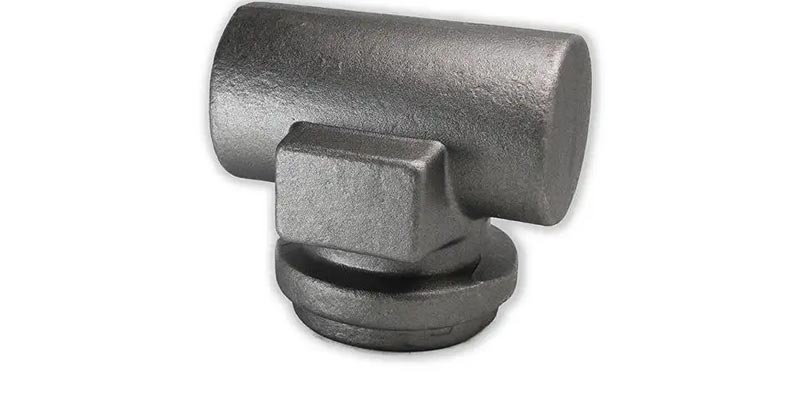- Contact Innally, Let you purchase forgings in China more favorable prices, products more assured!
- Hotline:+(86)15038323776 Email:innally@innally.com
Use and classification of heterosexual forgings
- Category: Marine engineering forgings, Steel forgings
- |
- Date: 17/08/2023
Through the use of forging process, heterosexual forgings can increase the density of materials, improve the organizational structure and mechanical properties, and improve the strength and wear resistance of products. At the same time, forgings have the advantages of complex shape, high dimensional accuracy and strong load bearing capacity, so they are widely used in various industries.
- Can be customized on demand
Product Details
Heterosexual forgings refer to parts with different shapes and sizes in the work pieces, which are used in various industrial fields of machinery and equipment, transportation vehicles, petrochemical equipment, energy equipment and aerospace and other fields. Its wide range of uses, mainly divided into the following categories:
Transmission forgings: used for transmission devices, such as gears, sprockets, crankshafts, connecting rods, cams, etc.

Connection forgings: used to connect various parts, such as bolts, nuts, pins, flanges, etc. Support forgings: parts used to support or fix equipment, such as bearing housings, bearing covers, brackets, etc.
Pressure vessel forgings: used to manufacture containers for storing gas, liquid and high pressure media, such as boiler shells, cylinders, tanks, etc.
Die forgings: Used to manufacture various types of dies, such as punches, templates, embossing dies, etc.
Other forgings: including forgings required under various special working conditions, such as large shafts for wind power generation equipment and key forgings for nuclear power equipment.
Through the use of forging process, heterosexual forgings can increase the density of materials, improve the organizational structure and mechanical properties, and improve the strength and wear resistance of products. At the same time, forgings have the advantages of complex shape, high dimensional accuracy and strong load bearing capacity, so they are widely used in various industries.
nannan
INNALLY mainly provides you with various types of cast and forged parts products. Welcome your inquiries! innally@innally.com
Related Products
Search
Forging center
- Steel forgings
- Aluminium alloy forging
- Titanium alloy forging
- Stainless steel forging
- Copper forging
- Automotive forgings
- Locomotive forging
- Bicycle forgings
- Motorcycle forging
- Rigging and fasteners
- Bearing forging
- Electric power fittings
- Marine forging
- Mechanical forgings for metalworking
- Mining machinery forgings
- Marine engineering forgings
- Construction machinery forgings
Popular product

© 2025. All Rights Reserved.






